Great Danish Designers 101: Kaare Klint
Kaare Klint is widely recognized as the father of Danish modern design. It is hard to overstate his influence. He developed an entirely new analytical approach to furniture design that his students at the Danish Academy of Art would emulate for years to come, yet was also inspired by historic designs from various cultures, modernizing and re-interpreting classic pieces for new generations.
Kaare Klint: Function and Form
Kaare Klint was born in 1888 in Frederiksberg. By the early years of the twentieth century, his father, Peder Vilhelm Jensen-Klint, had developed a reputation as Denmark’s leading architect, which certainly would have influenced young Kaare’s career path. The younger Klint studied painting for a time but began training under his father in 1903. He landed his first job in an architecture practice, working with Carl Petersen. It was while working with Petersen that Klint found his first success as a furniture designer. Just 26 years old, Klint co-designed the Faaborg chair for the Faaborg Museum.
The Faaborg chair. Image from 1stdibs.
In 2015, Architectural Digest commemorated the 100th anniversary of the Faaborg chair, noting that it “was one of the first pieces of Danish furniture that expressed a new design language focused on simple form and rigorous function while stripping away superfluous ornamentation.”
How did function affect the form in this case? The chair had to be light and easy to move so patrons of the museum could position it exactly where they wanted for optimal viewing of the artwork on display. The chair also had to provide support from all angles so museum visitors could comfortably shift their vantage point. By first understanding how the chair would be used, Klint was able to determine the best form and materials. He chose rattan because it was light and would allow the decorative tiles on the floors of the museum to be visible. The back and armrest were sleek and economical, providing comfort and support without adding excessive weight. (1stdibs)
The attention to form and function evidenced in the Faaborg chair would become the driving force behind Klint’s future work as a designer and teacher.
In 1923 Klint helped establish the department of furniture design at the Royal Danish Academy of Fine Arts. He began teaching there in 1924. He became known for his radical teaching methods, instructing students to construct furniture “from the inside out,” starting with a thorough analysis of the piece’s function before deciding on design and materials. (carlhansen.com)
To help with this analysis, Klint developed a set of data based on human measurements, proportions, and dimensions, believing there should be an interrelation between “the proportions of the human body and the object it sits on.” Beyond considerations of the human form, Klint and his students also “strived to create ideal proportions for all objects,” (Scandinavian Style) as seen in the analysis that preceded the creation of his first dining room sideboard.
The website dmk.dk describes this very scientific process. Klint had his students “compile a list of all the objects a sideboard might contain and the list was accompanied by the standard dimensions on all the objects. After having analyzed the many notes and measurements, Klint and his students arrived at an approximate common denominator and began test arrangements.” Klint said this work “…formed the basis for a simple systematic organization of china and glass by size. In reality, the basis for a standardization.”
The end result of the dinnerware analysis was a sideboard that could hold a full dinner service for 12 people: 60 plates, 78 glasses, coffee service, bottles, decanters, and other objects required for meal time. Holding true to his Danish heritage of efficiency in design, Klint’s sideboard consisted of multiple compartments with sliding trays that made everything accessible. These trays could also be removed to carry items to the dining table. The schematic below shows that virtually no space in the sideboard was wasted:
And the final product:
Sideboard images from dmk.dk.
Klint’s tendency to look to the past is also in clear evidence here. His sideboard recalls both Chinese and English Chippendale chests and buffets, remade to maximize function and remove the “superfluous ornamentation” that added visual and literal weight to the object. How important is this design? At the time of writing, an original Klint Cuban mahogany cabinet was available through 1stdibs and valued at $55,000.00.
Klint would create two of his most iconic designs in the early 1930s. Like his other work, these pieces showcased his two primary design principles: form following function, and “creative revisitation.”
His Safari chair, created in 1933, is said to be modelled on a camp chair designed toward the end of the 19th century by British Army engineers stationed in the Indian town of Rorkhee. (Popular Woodworking, Apartment Therapy)
Klint’s intention with the Safari chair was to make a light, portable armchair. He clearly succeeded. Still made today, the chair can be rolled into a carton for shipping. (Scandinavia Design). The Safari chair has been called the world’s first DIY furniture because it can be assembled and disassembled easily without tools. A brief YouTube video shows the simplicity and genius of the chair’s design.
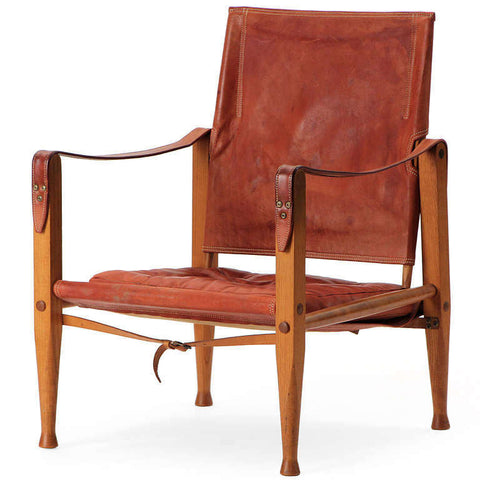
The Safari chair. Image from 1stdibs.
Klint’s teak deck chair, also dating from 1933, is one of his most famous creations. The comfortable, humanistic design of the chair is readily apparent. Its foldout footrest offers essential functionality suited to the chair’s purpose: lounging poolside. That it was collapsible and made of canework with a removable cushion and headrest only enhanced its functionality.
Deck chair. Images from the Victoria and Albert Museum.
As with all of Klint’s designs, the aesthetics were not sacrificed for the sake of functionality. Encyclopedia Britannica notes that all of his pieces balanced “a beautiful appearance with a fulfillment of purpose,” and goes on to comment on the deck chair specifically, saying it was “unquestionably functional and …designed to provide the maximum amount of comfort, yet in itself a clean and beautiful piece.”
Kaare Klint died in 1954, having lived long enough to witness the start of the “golden age of Danish design” which he helped usher in. He was a mentor to many Danish designers who would go onto build very successful careers for themselves, including Hans J. Wegner, Mogens Koch, Arne Jacobsen, Børge Mogensen, and Poul Kjærholm. Klint enjoyed a long working relationship with cabinetmaker Rudolf Rasmussen, whose firm still operates today, offering modern versions of many of Klint designs. Given the company’s dedication to maintaining Klint’s legacy, it seems fitting to give the last word to Rasmussen:
Klint’s work was characterized not only by the harmonious balance between form and materials, but also by his objects’ relationship to their environment, with Klint ensuring that his pieces never dominated a given space. His were objects of timeless utility that united form and function to create a greater whole.
The next designer in our series: Niels Moller.
Read more in this series: Johannes Andersen, Kai Kristiansen, Poul Cadovius, Poul Hundevad, and Finn Juhl.




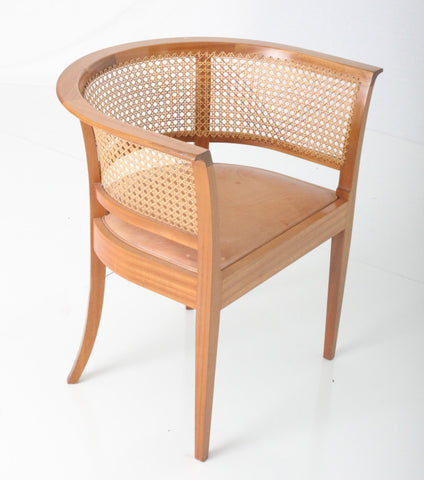
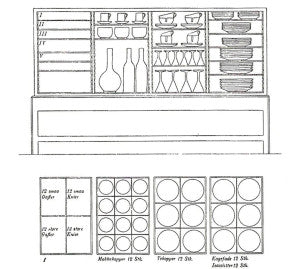
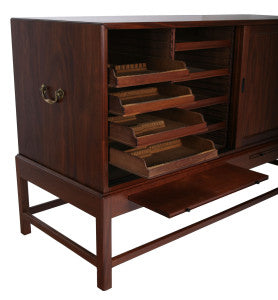
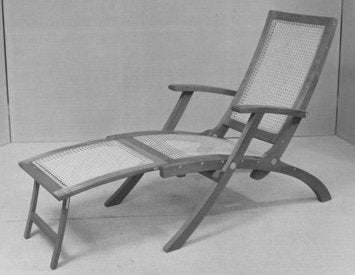
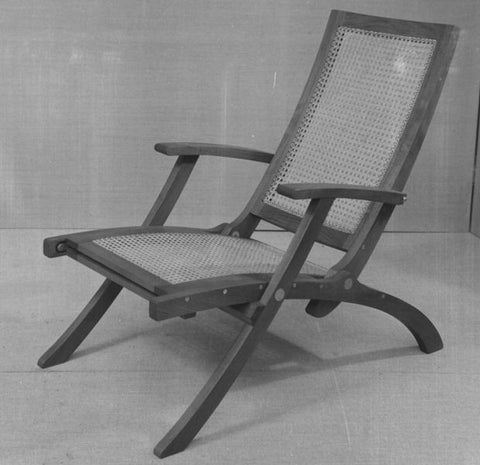

Great information. You always bring us up to date information , stated in easy to understand terms and It is not overwhelming. I appreciate that and I look forward to what is next.
Leave a comment